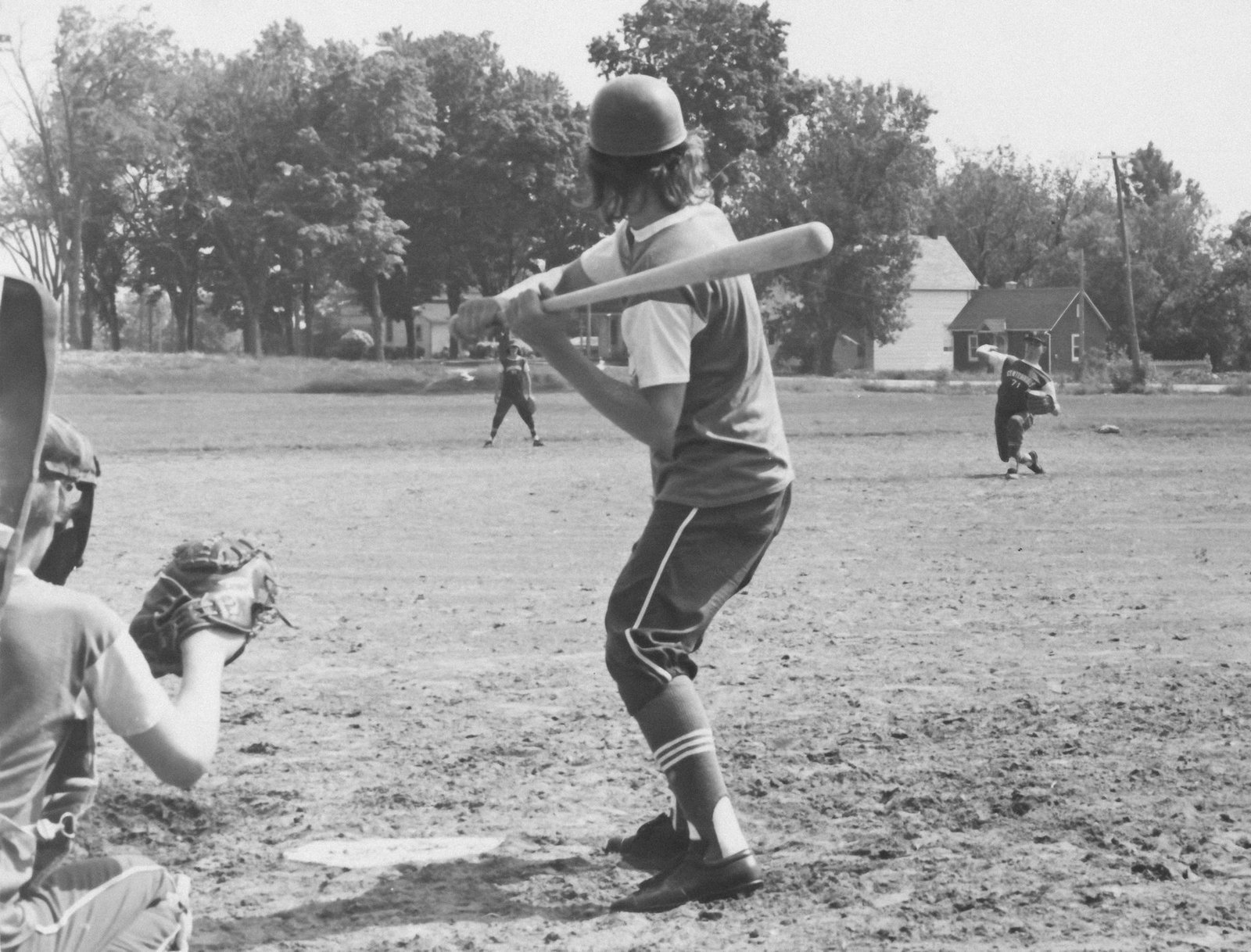
gymtivo.site
Golf An in-depth look at Boxing Baseball the Cricket history Basketball Badminton and evolution of Tennis Major League Baseball, exploring key Hockey Wrestling Football milestones, Volleyball transformations, and the significance of the sport in American culture. SwimmingThe roots of baseball can be traced back to the 19th century, with various forms of the game being played in the United States and abroad. The first organized baseball team, the Cincinnati Red Stockings, was established in 1869, marking a significant turning point in the sport's history. This team set the foundation for professional baseball, as it became the first to pay its players a salary, thereby creating the framework for what would eventually become Major League Baseball.
In 1876, the National League was founded, becoming the first professional baseball league. This organization sought to create a more structured and competitive environment for the sport, and it quickly gained popularity. The establishment of the National League marked the beginning of a new era, as it introduced rules and regulations that would define the game. Teams such as the Chicago Cubs and the St. Louis Cardinals emerged as early powerhouses, laying the groundwork for legendary rivalries that continue to this day.
As baseball grew, so did the need for a governing body to oversee the sport. In 1903, the American League was established, leading to the creation of the first official World Series. This championship series, pitting the champions of the National and American Leagues against each other, solidified baseball's status as a major professional sport in the United States. The inaugural World Series saw the Boston Americans defeat the Pittsburgh Pirates, capturing the imagination of fans and setting the stage for future championship matchups.
The early 20th century was a transformative time for MLB, as it experienced rapid growth and increasing popularity. The introduction of radio broadcasts in the 1920s brought baseball into homes across the country, allowing fans to connect with the game like never before. Legendary players such as Babe Ruth emerged during this era, captivating audiences with their remarkable talents and larger-than-life personalities. Ruth’s prowess at the plate not only redefined the game but also helped to establish baseball as a central part of American culture.
The Great Depression in the 1930s presented challenges for the sport, yet baseball persevered. Major League Baseball offered a sense of hope and escapism during tough times, with fans flocking to stadiums to enjoy the game. The All-Star Game was introduced in 1933 as a way to celebrate the sport and its stars, further solidifying baseball's role as a unifying force in American society. During this period, players like Lou Gehrig and Joe DiMaggio became household names, exemplifying the values of hard work and dedication.
The impact of World War II on baseball was significant, as many players enlisted to serve their country. Despite the challenges, the sport adapted, with the formation of the All-American Girls Professional Baseball League providing an opportunity for women to participate in the game. This league showcased the talent of female athletes and helped to promote gender equality in sports, a movement that would gain momentum in the following decades.
In the post-war era, MLB continued to evolve, facing both challenges and opportunities. The integration of baseball began in 1947 when Jackie Robinson broke the color barrier, joining the Brooklyn Dodgers. Robinson's presence in the league not only transformed baseball but also had a profound impact on civil rights in America. His courage and skill paved the way for countless African American players to follow in his footsteps, enriching the game with diverse talent and perspectives.
As the 1960s approached, baseball experienced another wave of change with the introduction of television broadcasts, allowing fans to watch Cricket games from the comfort of their homes. This innovation further popularized the sport and created new opportunities for players to become national icons. The legendary rivalry between the New York Yankees and the Boston Red Sox captured the attention of millions, showcasing the drama and excitement that baseball could offer.
The late 20th century brought about significant changes in the structure of MLB, including the expansion of teams and the introduction of divisional play. The league expanded from 20 teams in the 1960s to 30 teams by the end of the 1990s, reflecting the growing popularity of baseball across the country. New franchises, such as the Florida Marlins and Colorado Rockies, brought the sport to new markets, helping to cultivate a broader fan base.
Moreover, the rise of advanced statistics and analytics began to transform the way teams approached player evaluation and strategy. The use of sabermetrics revolutionized how franchises analyzed performance, leading to more data-driven decision-making. This shift allowed teams to identify undervalued talent and build competitive rosters, changing the landscape of the game.
In the 21st century, MLB has continued to face challenges, including debates over pace of play and fan engagement. Efforts Baseball to modernize the game, such as implementing instant replay and exploring rule changes, reflect the league's commitment to maintaining its relevance in a rapidly changing sports landscape. The introduction of digital platforms and social media has also allowed fans to connect with the game in new ways, enhancing their experience and fostering a sense of community.
As we look to the future, Major League Baseball remains a beloved institution in American culture. Its rich history, filled with iconic moments and legendary players, serves as a reminder of the sport's enduring appeal. MLB continues to strive for innovation and inclusivity, ensuring that the game remains accessible to fans of all backgrounds. The journey of Major League Baseball is far from over, and as the sport evolves, it will undoubtedly continue to capture the hearts of millions for generations to come.